Motorsports is filled with legendary race cars that most enthusiasts know by heart, but there are many lesser-known models that quietly left their mark. These underdog machines may not always get the spotlight, but their innovation and performance reshaped the racing world in ways that continue to influence the sport today. In this article, we’ll explore 15 race cars that, while not household names, made a lasting impact on motorsports history.
Contents
Chaparral 2J (1970)
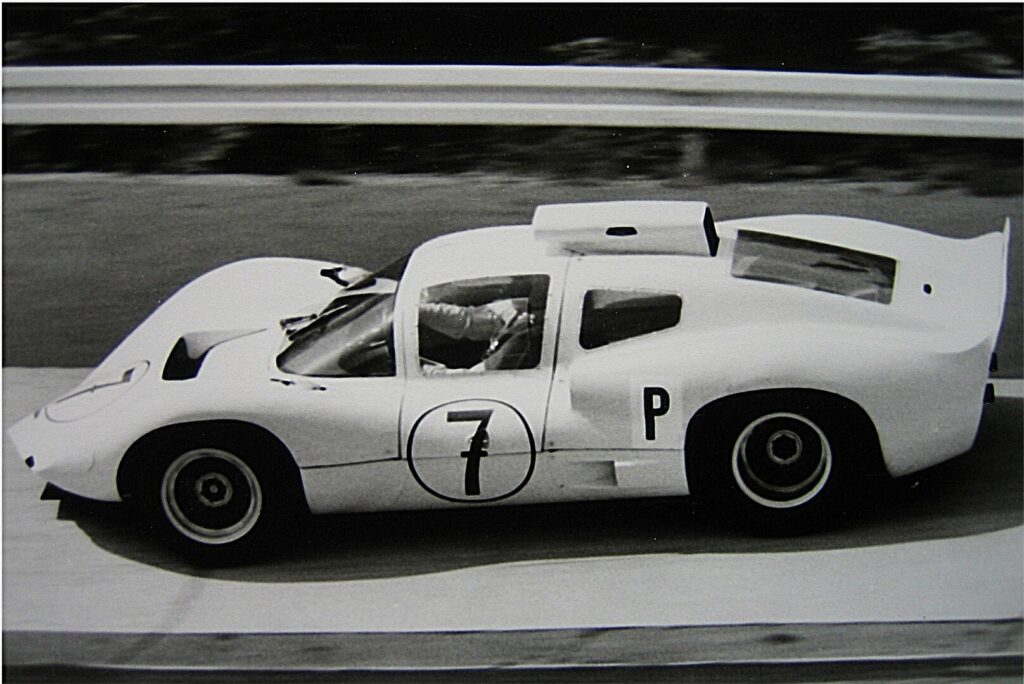
The Chaparral 2J was a revolutionary race car that introduced fan-assisted ground effect, using two fans powered by a snowmobile engine to create suction and improve cornering speed. This innovation allowed the car to stick to the track like glue, dramatically increasing grip. While it was ultimately banned, the 2J paved the way for future aerodynamic developments in racing.
BRM P83 H16 (1966)

The BRM P83 featured an extremely complex H16 engine, essentially two flat-eight engines stacked together. While it faced reliability issues, the engineering behind it was groundbreaking and highlighted British Racing Motors’ ambition to push the limits of what was possible in Formula One. Its design challenges ultimately contributed to future engine developments.
Alfa Romeo Tipo 33/3 (1971)
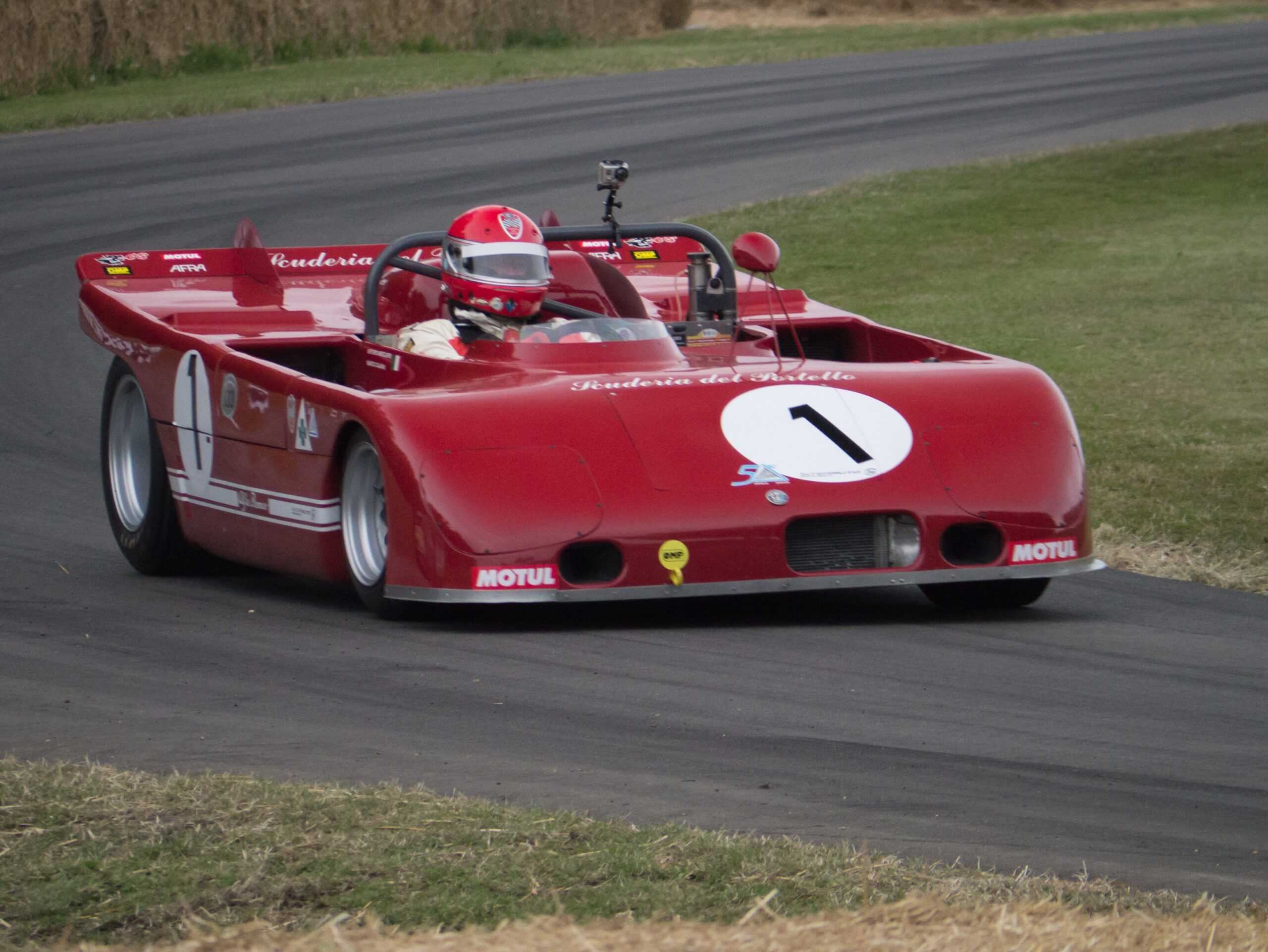
Alfa Romeo’s Tipo 33/3 was instrumental in their resurgence in endurance racing during the 1970s. With a V8 engine capable of producing 400 horsepower, the car achieved respectable finishes at Le Mans and helped cement Alfa Romeo’s place in sports car racing after a long hiatus from top-tier competition.
Porsche 917/20 “Pink Pig” (1971)
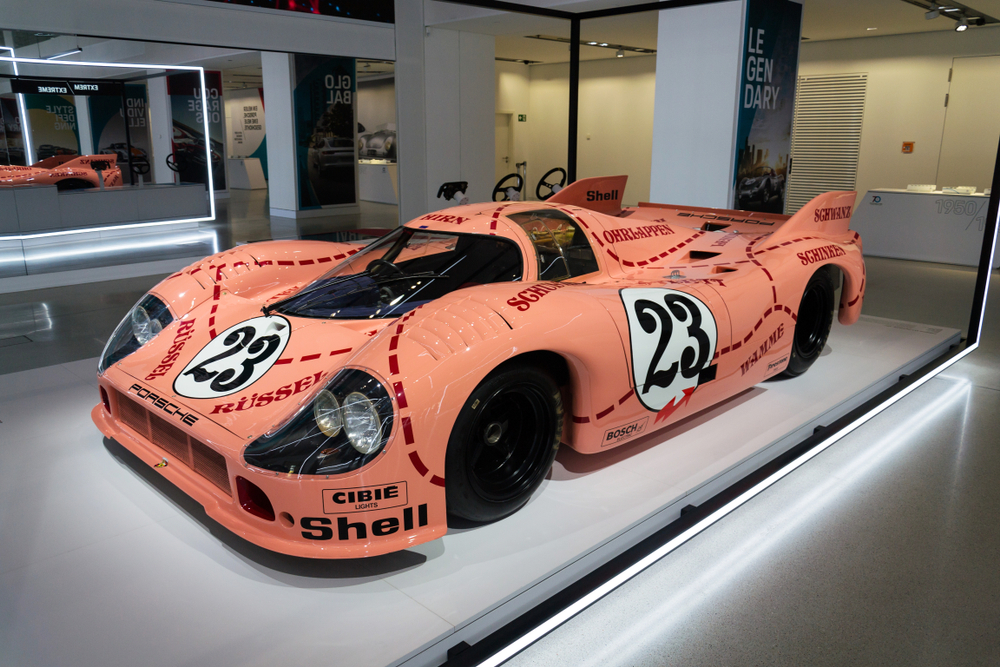
The 917/20, nicknamed the “Pink Pig” for its unusual livery, was an aerodynamic experiment for Porsche. Its wide body and short length created a unique profile that tested airflow and handling in extreme conditions. Although it didn’t win, the lessons learned from the 917/20 were crucial to Porsche’s future dominance in endurance racing.
Nissan R390 GT1 (1997)
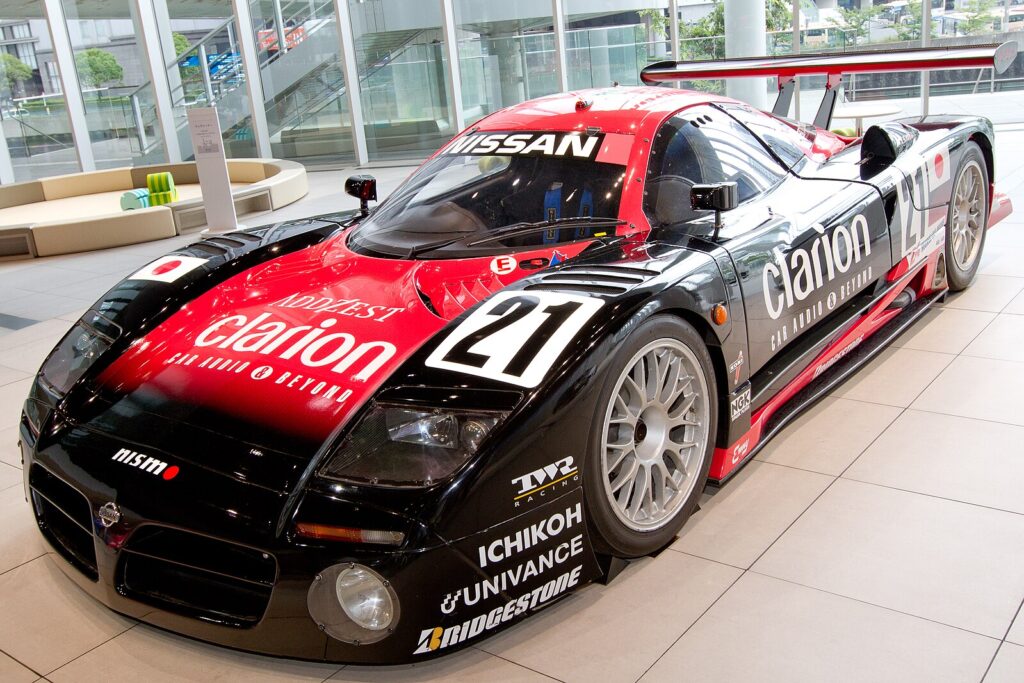
The Nissan R390 GT1 was Nissan’s attempt to take on the giants of endurance racing at Le Mans. With advanced aerodynamics and a twin-turbo V8 engine, the R390 pushed Nissan into the limelight and showed that Japanese manufacturers could compete on the world stage. Its sleek design and high-speed capabilities made it a fan favorite.
Shadow DN5 (1975)
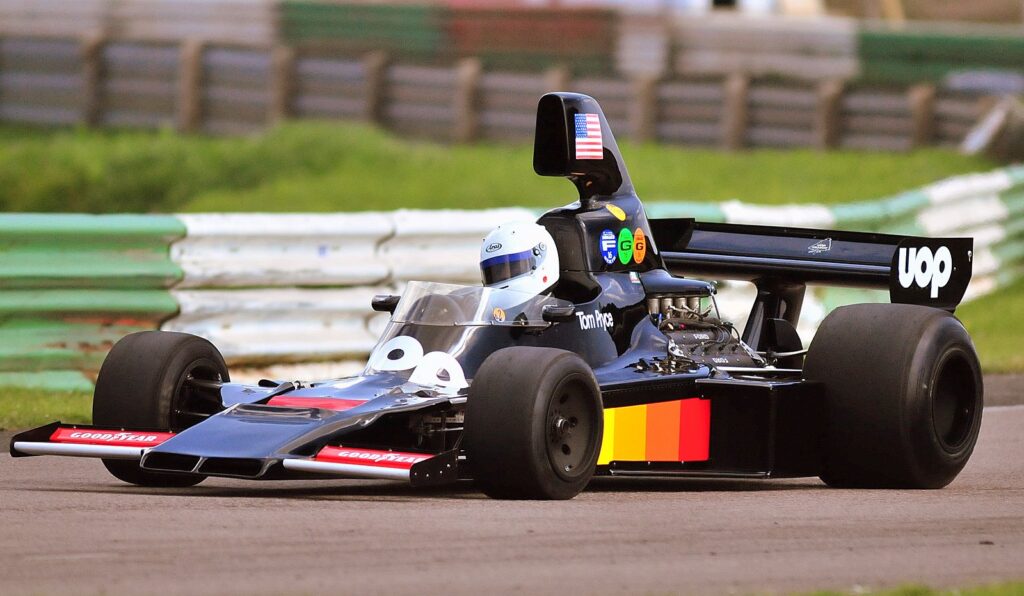
The Shadow DN5 was a Formula One car that introduced innovative suspension geometry, allowing for better handling and weight distribution. Its unique design helped it achieve multiple podium finishes and demonstrated the importance of creative engineering in motorsport success.
Howmet TX (1968)
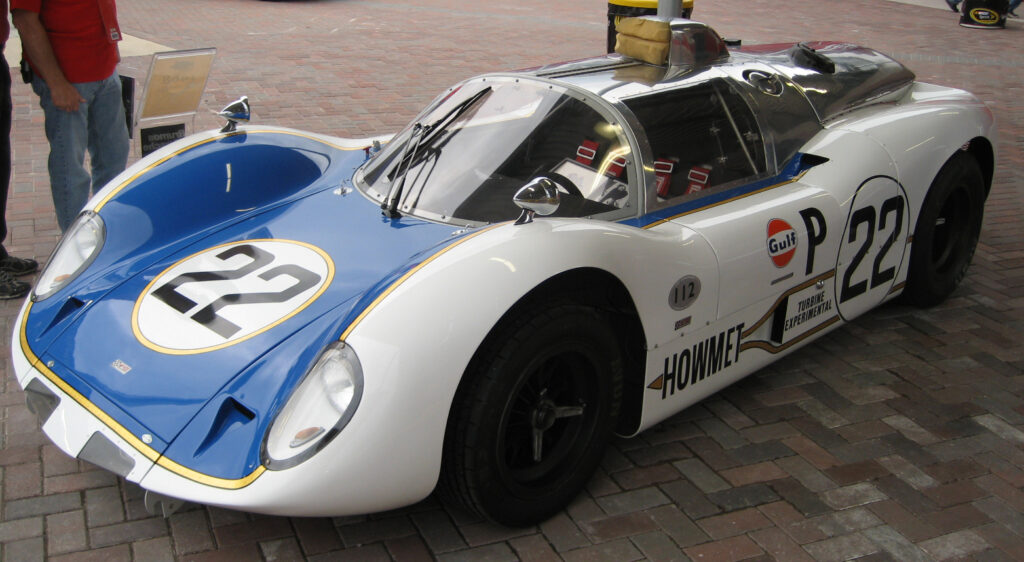
The Howmet TX was the first and only race car to use a gas turbine engine, an alternative to the traditional internal combustion engine. Although it didn’t achieve widespread success, the Howmet TX proved that alternative powertrains could be competitive, paving the way for future experimentation with power sources in motorsports.
March 2-4-0 (1976)

The March 2-4-0 was a bold attempt to enhance grip by adding four rear wheels, making it one of the only six-wheeled race cars in history. Although the concept didn’t catch on, it was a testament to the innovative spirit of March Engineering and the willingness to explore unconventional designs to improve performance.
Matra MS670 (1972)
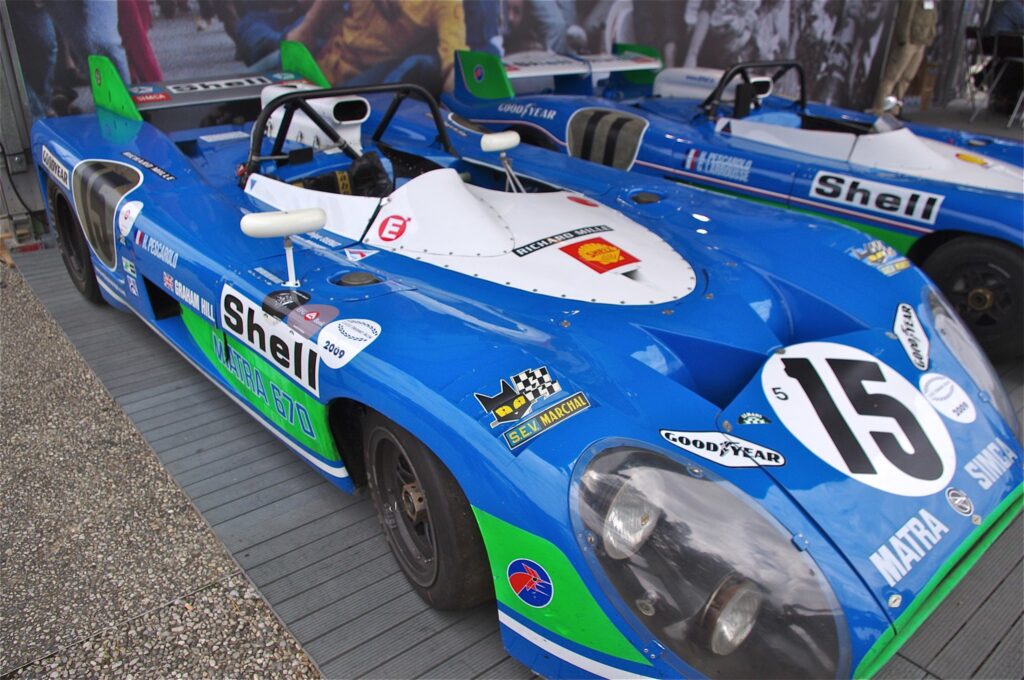
The Matra MS670 was a dominant force in endurance racing, helping Matra secure victories at the 24 Hours of Le Mans. Its aerodynamic design and powerful V12 engine made it a reliable and competitive car, ultimately leading to multiple wins and establishing Matra as a major player in motorsports.
Toyota TS020 GT-One (1999)
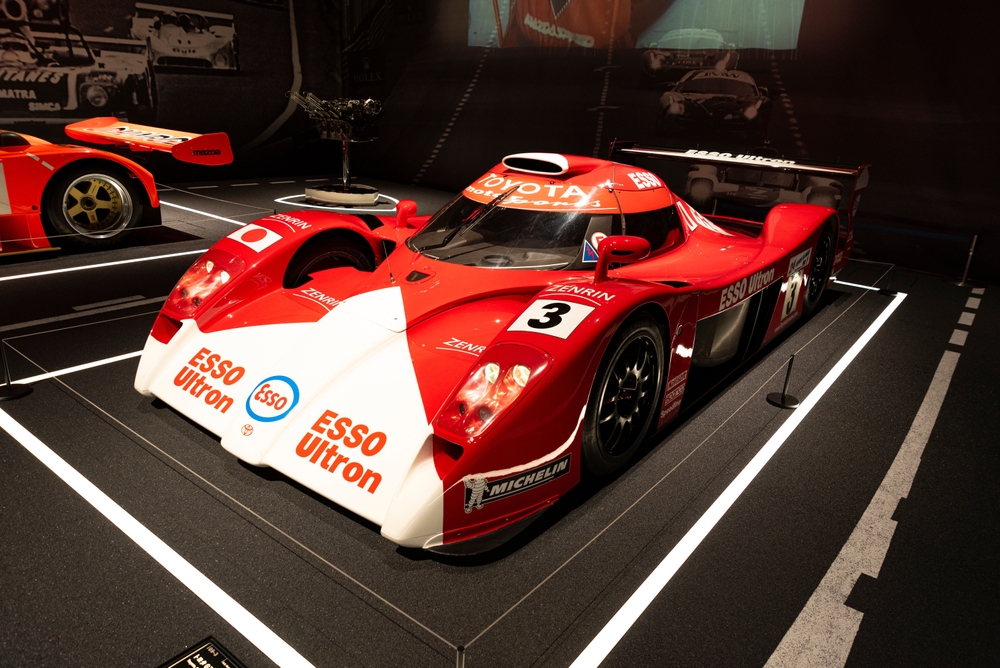
The Toyota GT-One was designed for Le Mans and was known for its advanced aerodynamic package and twin-turbo V8 engine. It pushed the boundaries of what a GT car could do, and although it narrowly missed out on winning Le Mans, it established Toyota as a serious competitor in endurance racing.
Tyrrell P34 (1976)

The Tyrrell P34 is one of the most famous six-wheeled cars in Formula One history. Its unique design with four front wheels aimed to reduce drag and improve cornering grip. While the concept was eventually abandoned, the P34 achieved success with multiple podium finishes, proving its effectiveness on the track.
Mazda 787B (1991)
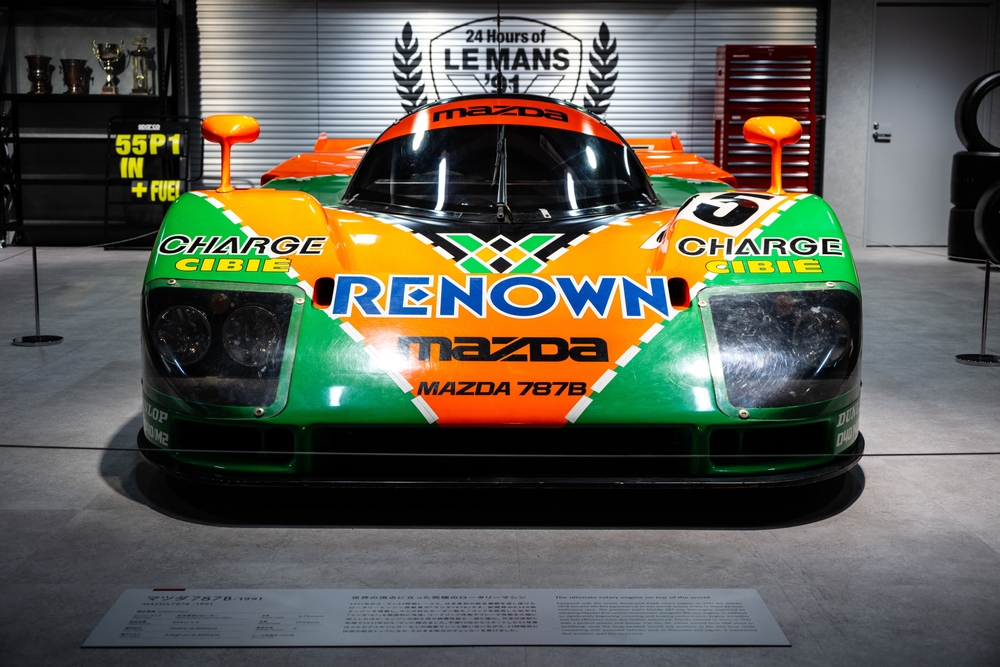
The Mazda 787B is famous for being the only rotary-powered car to win the 24 Hours of Le Mans. Its unique 4-rotor engine produced a distinctive sound and an impressive 700 horsepower. The 787B’s victory proved the potential of rotary engines in endurance racing, even though they were later banned.
Lotus 63 (1969)

The Lotus 63 was an experimental 4-wheel-drive Formula One car designed to improve traction and handling. While the concept didn’t succeed in Formula One, it paved the way for future innovations in vehicle dynamics and inspired further exploration into drivetrain configurations.
Eagle Mk1 (1967)
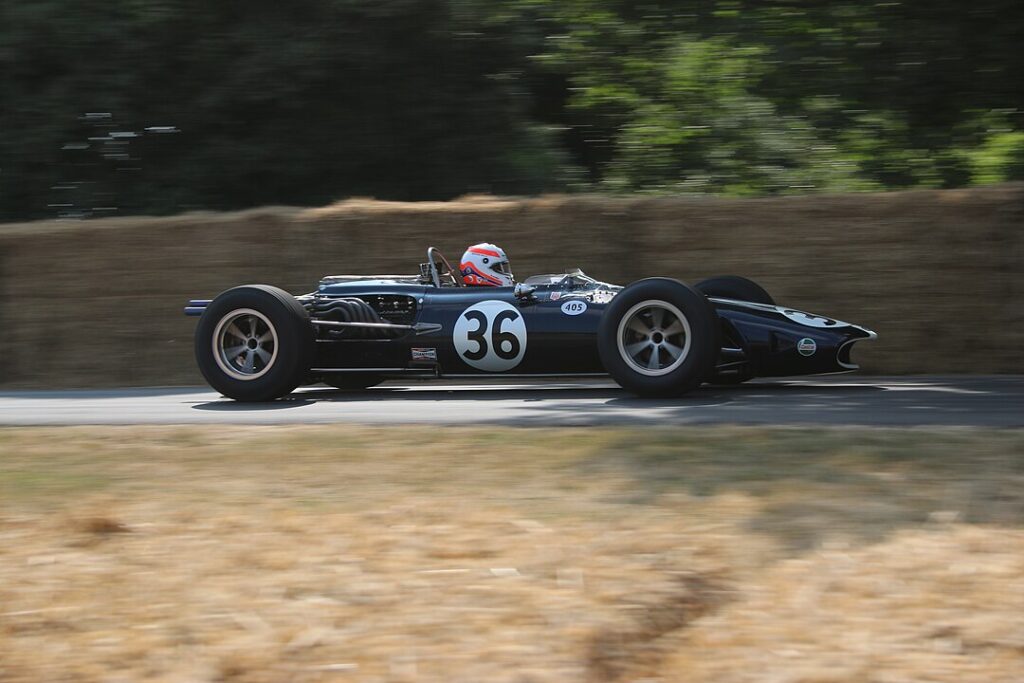
The Eagle Mk1 was an American-designed Formula One car that stood out for its aerodynamic finesse and lightweight construction. Built by Dan Gurney’s All American Racers, the Mk1 achieved a notable win at the Belgian Grand Prix, proving that American engineering could compete with the best in Europe.
Aston Martin AMR1 (1989)

The Aston Martin AMR1 marked the brand’s return to endurance racing with a carbon-fiber chassis and a naturally aspirated V8 engine. Although it faced stiff competition, the AMR1’s advanced materials and design put Aston Martin back on the map in motorsport after decades of absence.
This article originally appeared in MyCarMakesNoise.
More from MyCarMakesNoise
8 Fastest Personal Watercrafts You Can Ride

When it comes to thrills on the water, few things match the excitement of riding a high-speed personal watercraft. These machines are designed for adrenaline seekers who crave the rush of cutting through waves at top speeds. Read More
13 Overhyped Cars That Didn’t Live Up to Expectations

Some cars capture the public’s imagination with their sleek designs, advanced technology, or historical significance, only to falter due to various shortcomings. Whether it’s due to poor performance, reliability issues, or simply failing to resonate with buyers, these vehicles often become notorious examples of unfulfilled potential. Read More
20 Classic 1960s Cars with Sky-High Price Tags

The 1960s produced some of the most iconic and luxurious cars in automotive history. These vehicles, known for their exceptional design, performance, and rarity, come with hefty price tags. Read More














